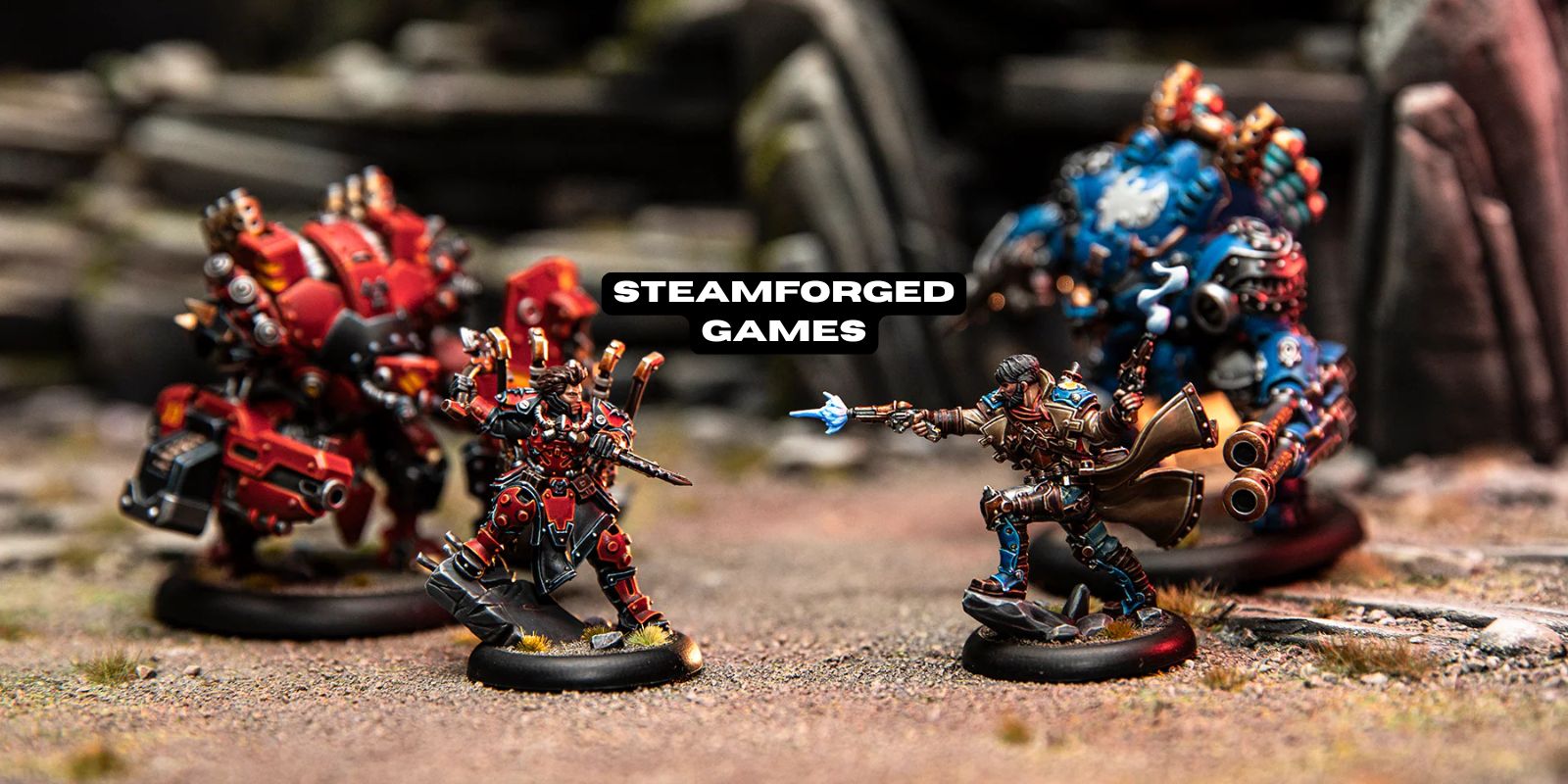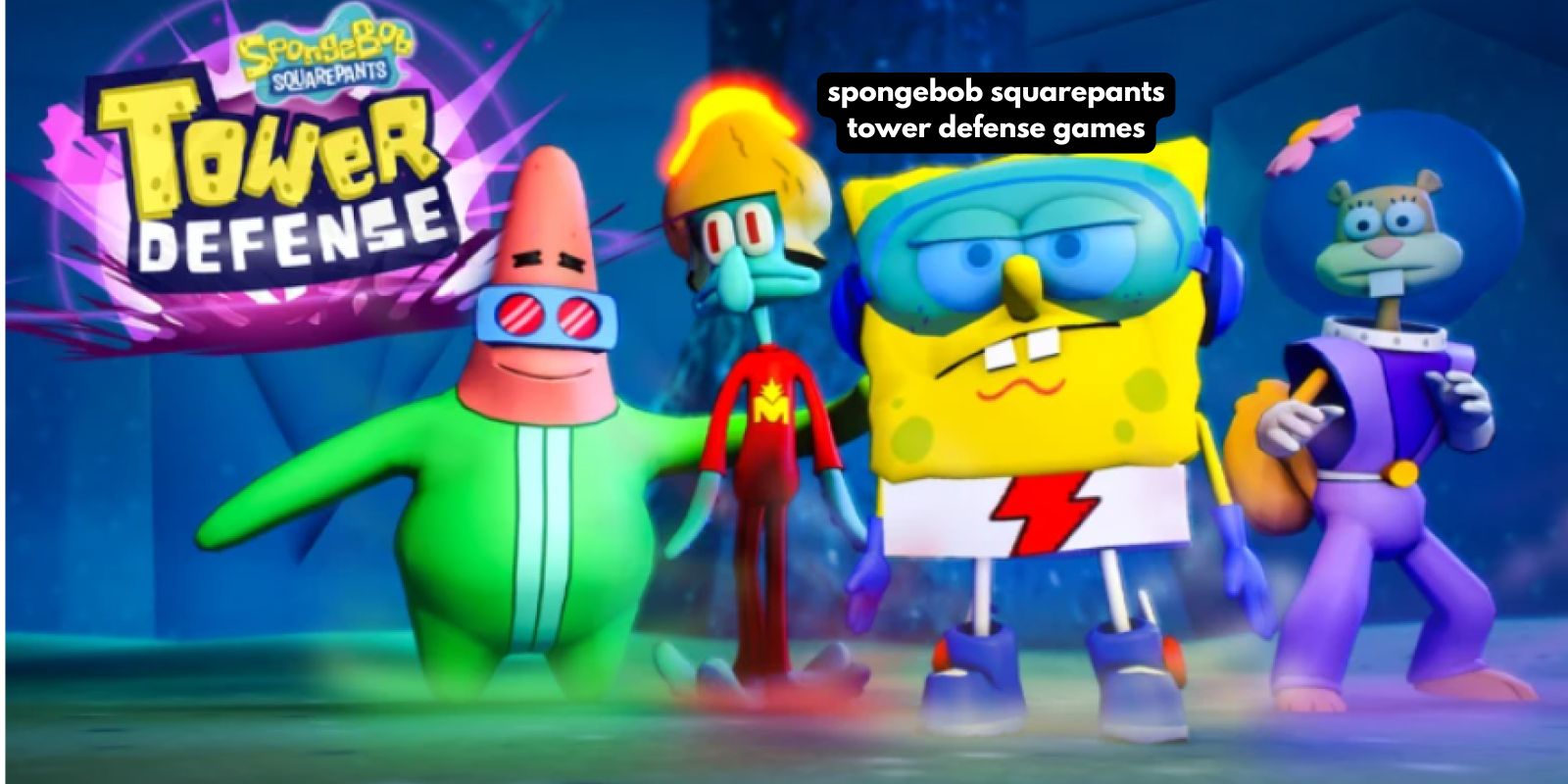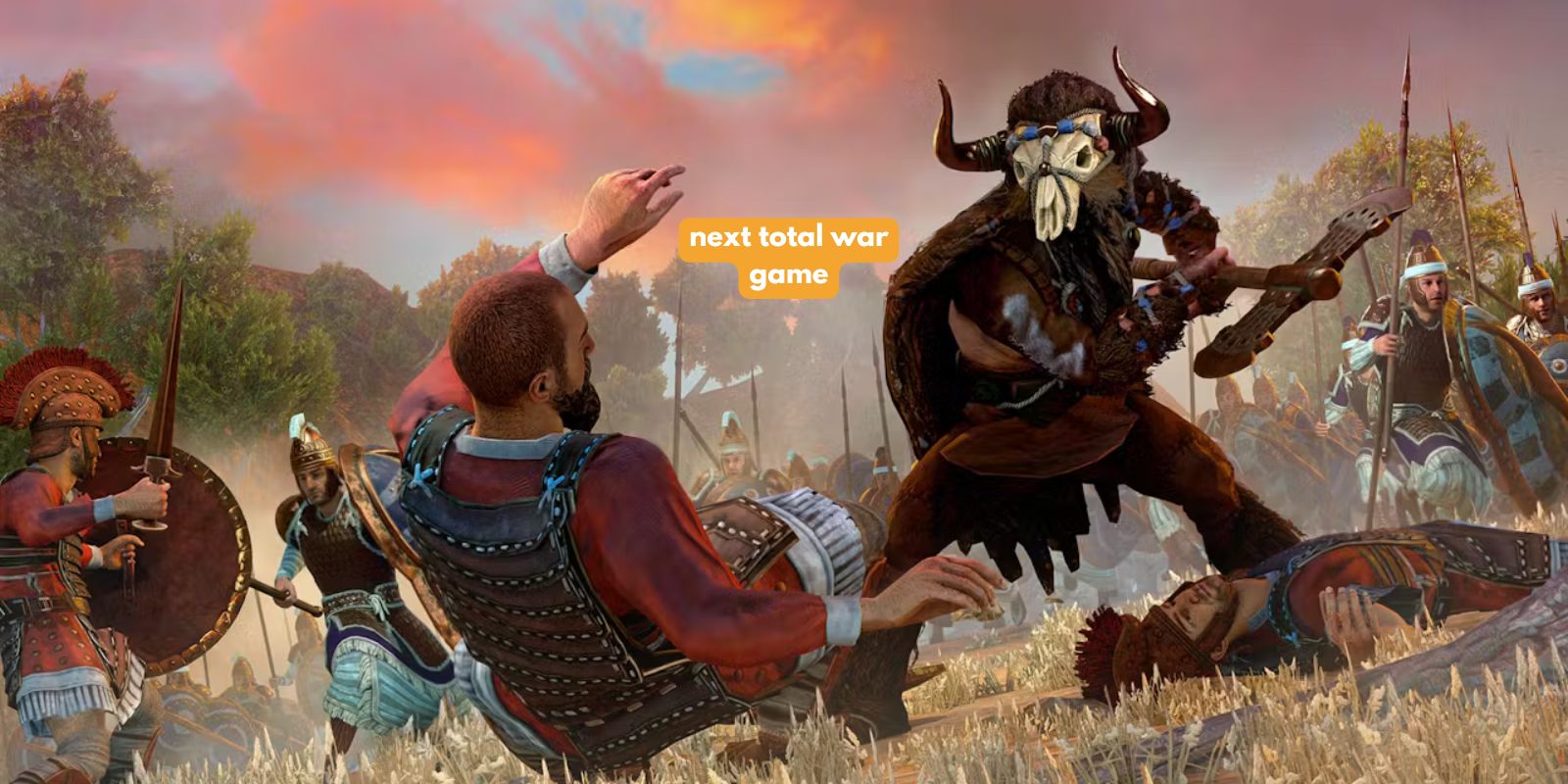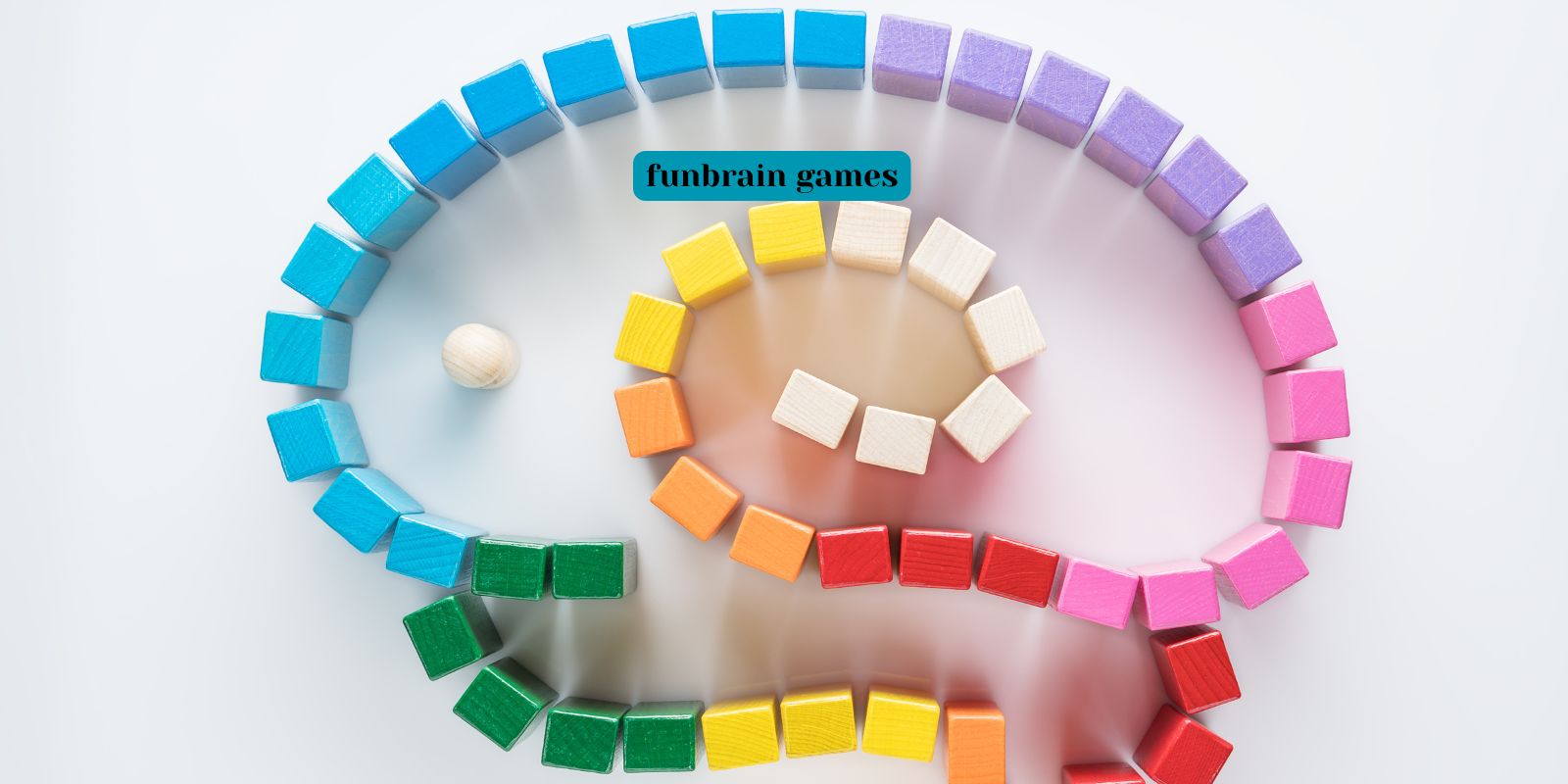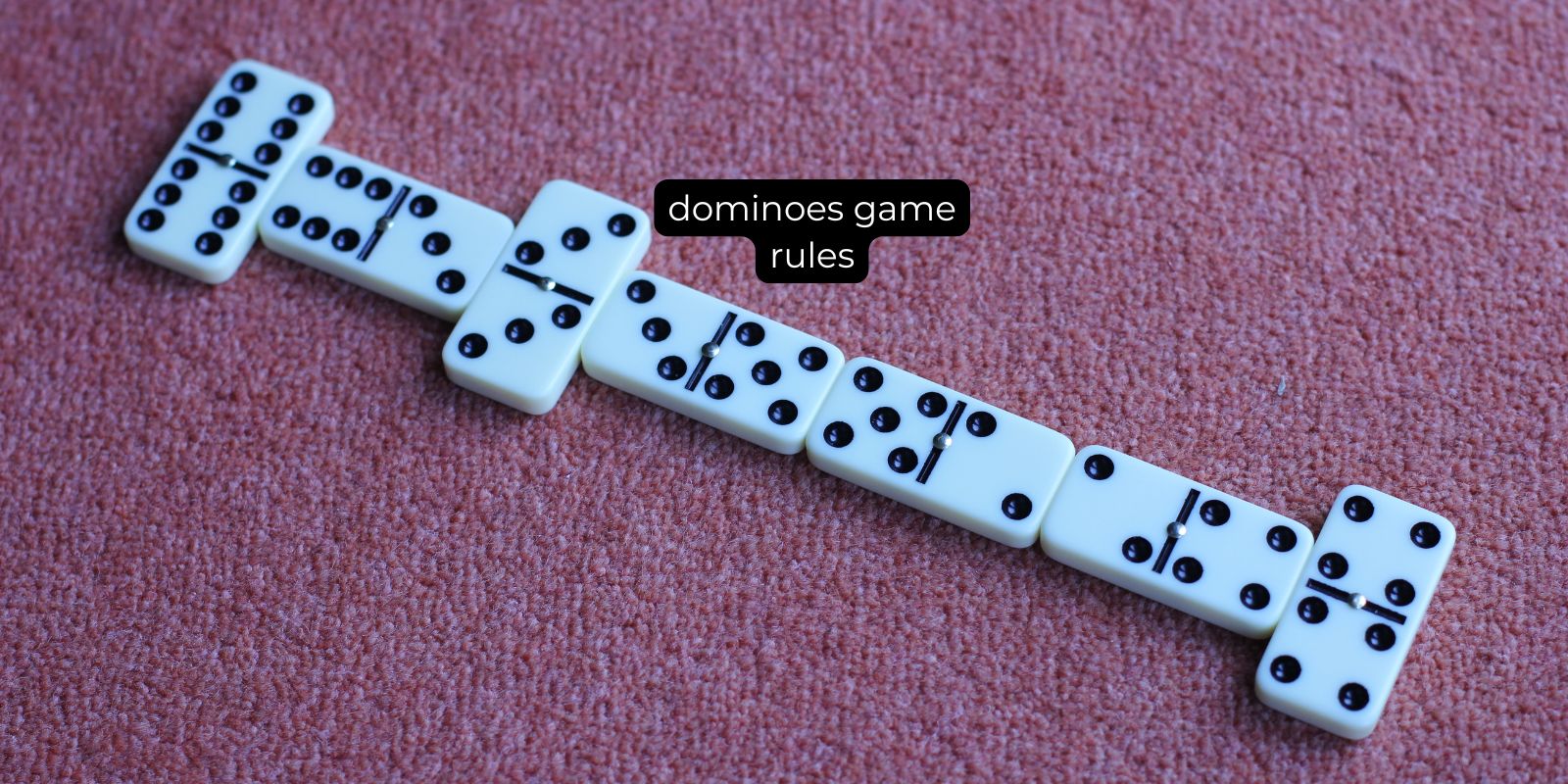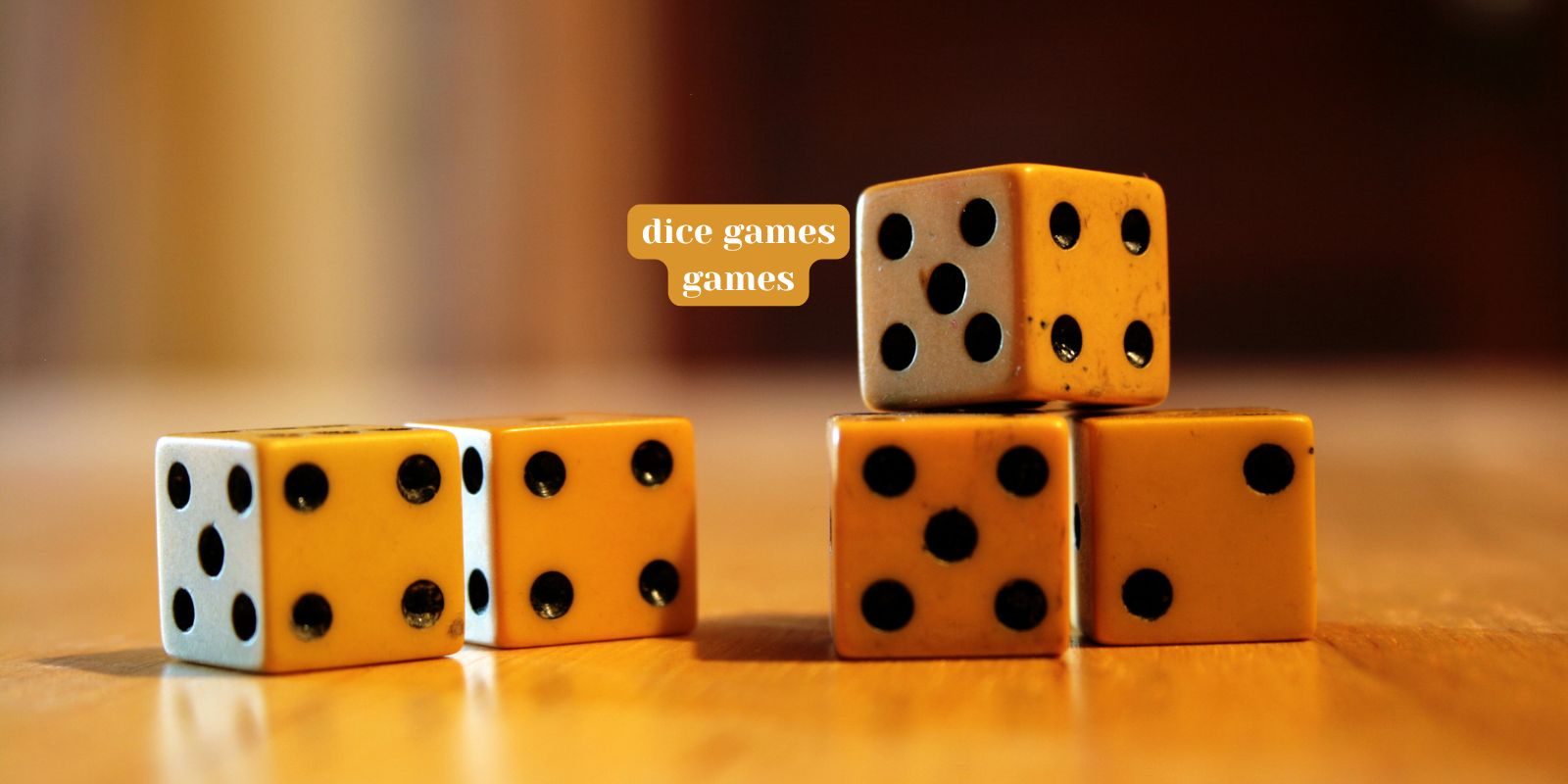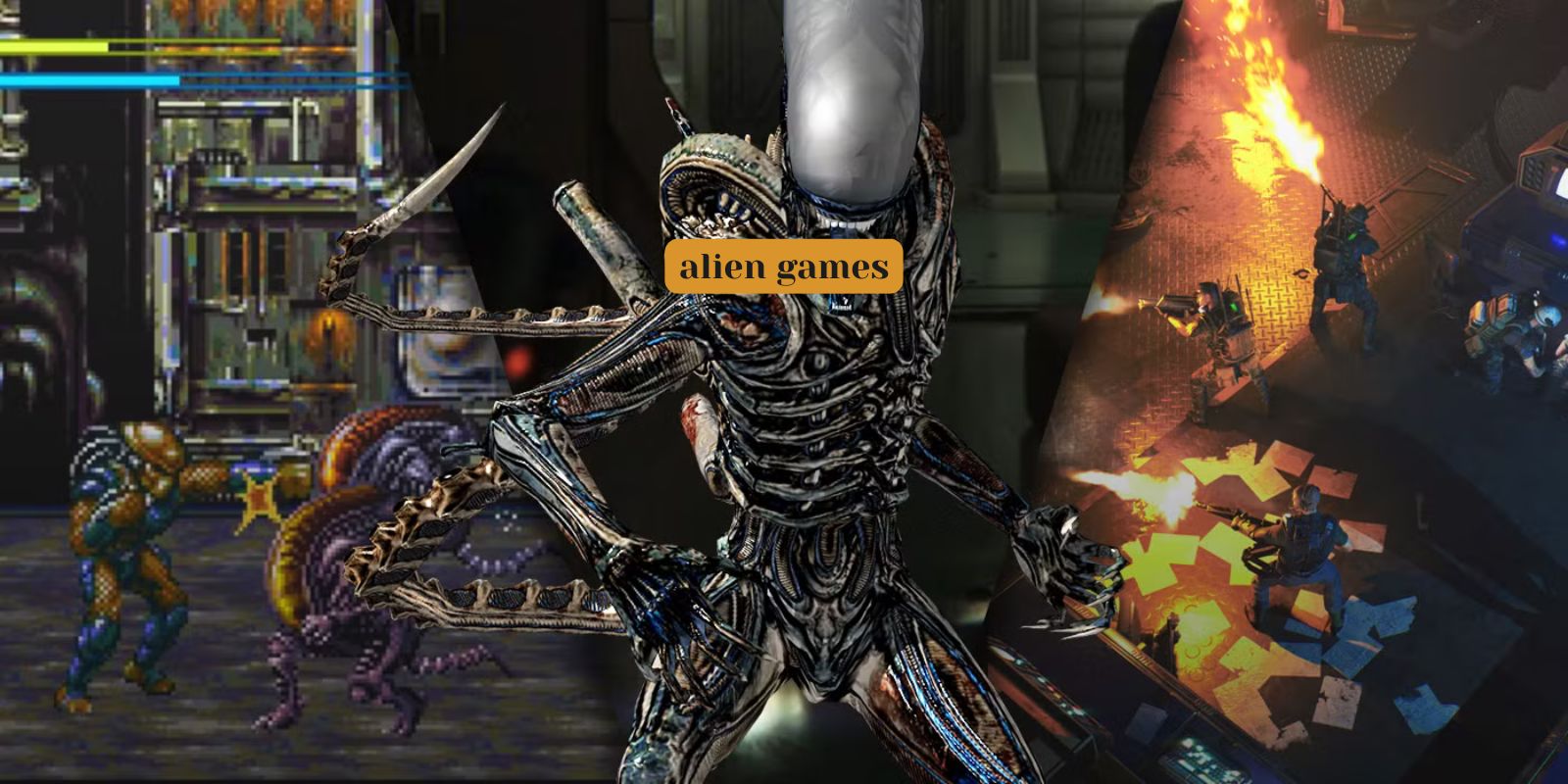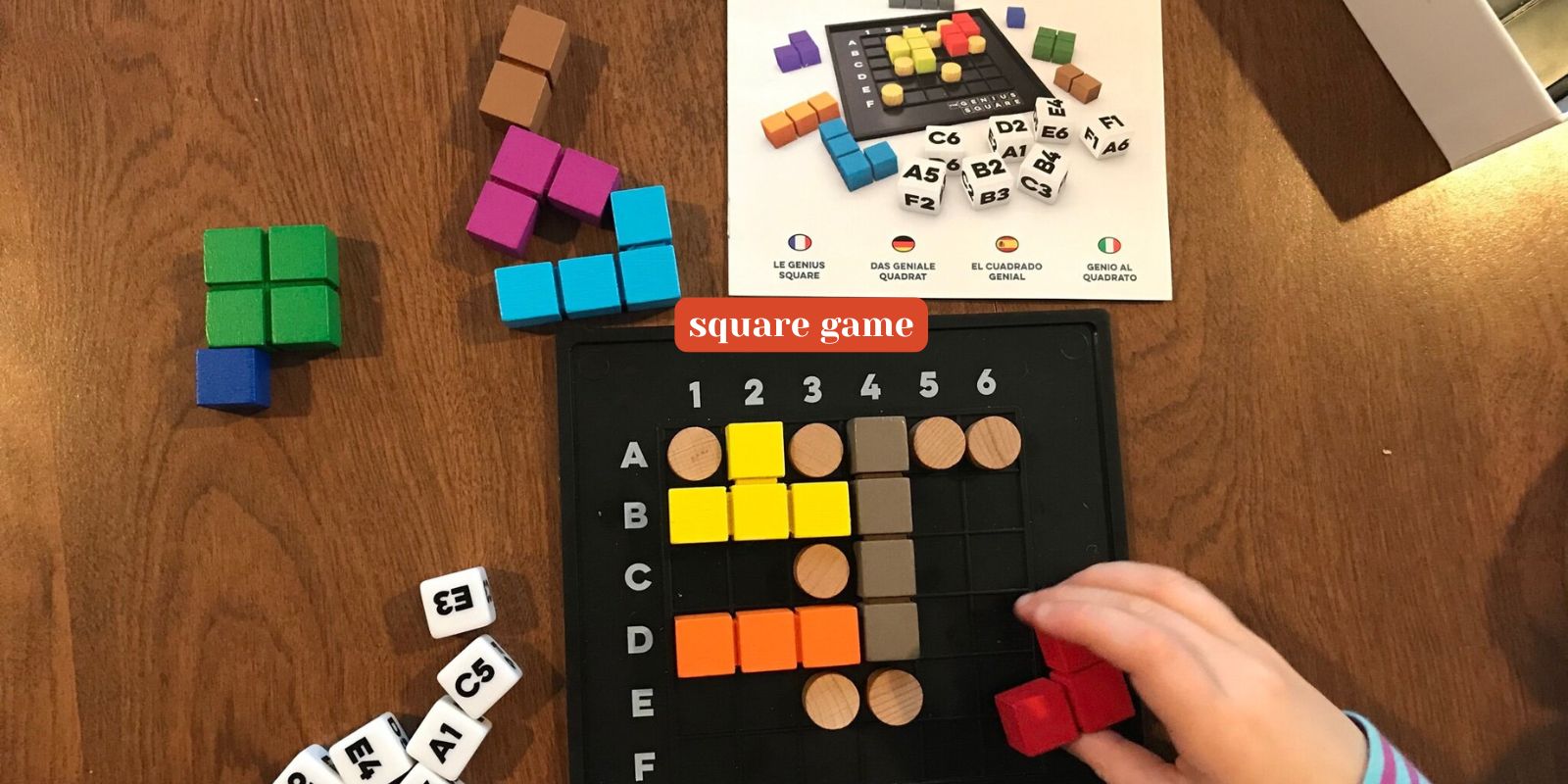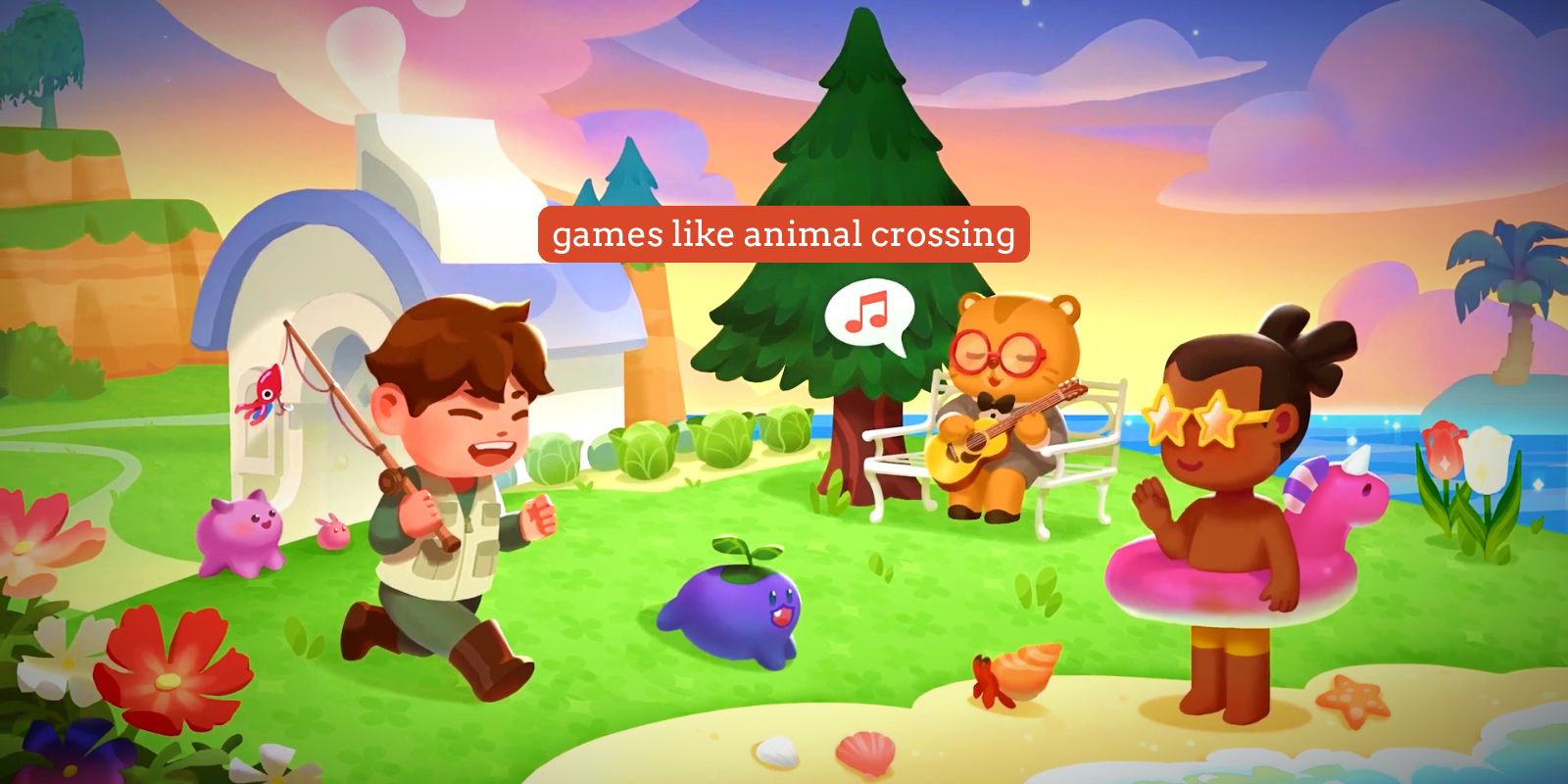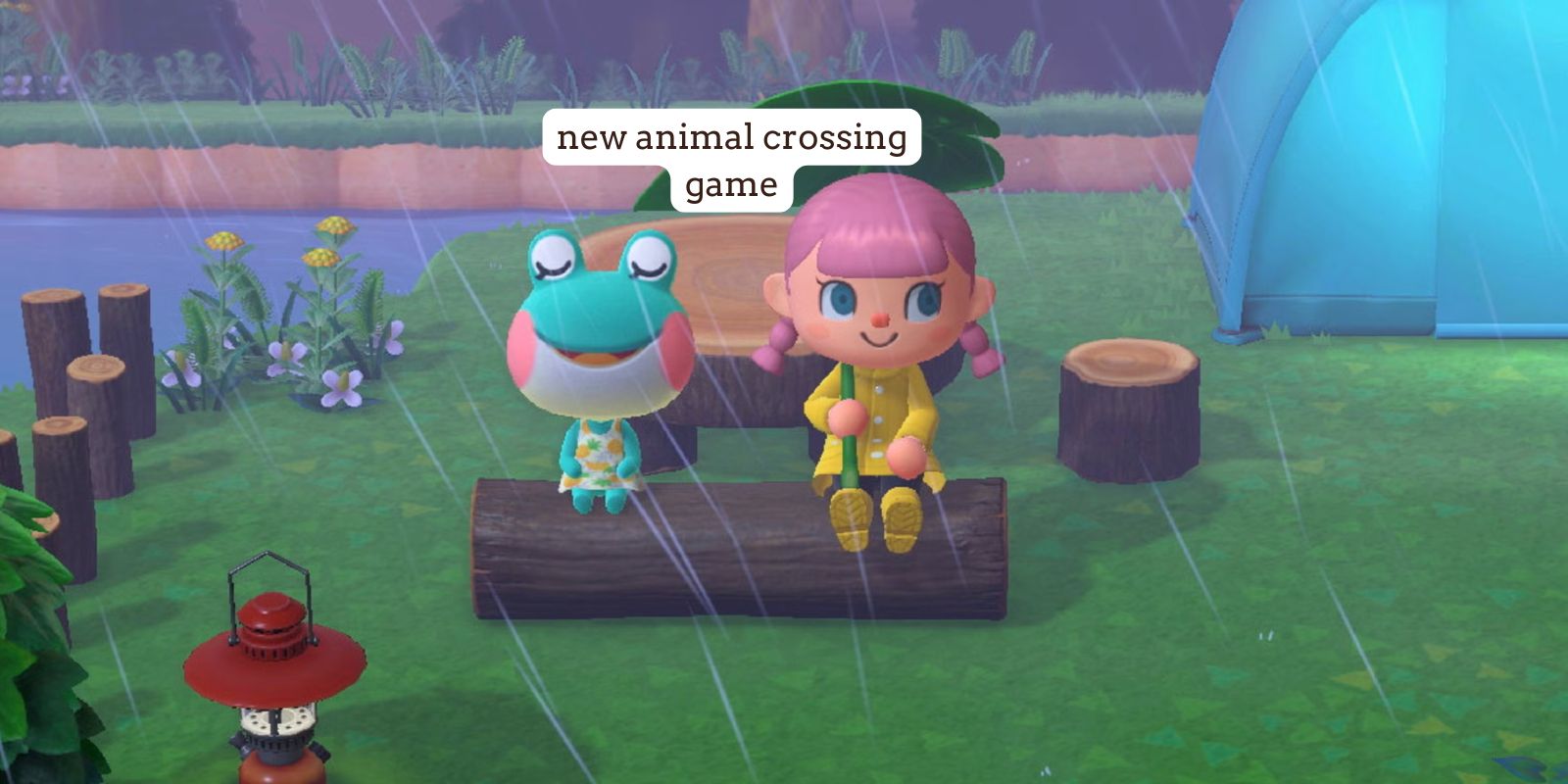Steamforged Games Ltd has rapidly ascended from passionate startup to a major force in tabletop gaming, renowned for translating beloved video game worlds into immersive, high-quality board and miniatures experiences.
Founded in 2014 and based in Knutsford, UK, Steamforged Games carved its niche by tackling ambitious adaptations of AAA franchises, coupled with original IPs and strategic partnerships like Steamforged Games Warmachine.
Understanding the steamforged game experience means delving into intricate mechanics, stunning miniatures, and a dedication to capturing the essence of digital worlds on the tabletop.
What Defines a Steamforged Game?
A steamforged game is typically characterized by several key elements:
- High-Fidelity Adaptations: Specializing in translating complex video game mechanics and atmospheres (e.g., Dark Souls, Resident Evil, Monster Hunter, Horizon Zero Dawn) into compelling tabletop formats.
- Premium Components: Emphasis on high-quality materials, especially detailed plastic miniatures that are often a major draw. Boards, cards, tokens, and rulebooks are generally well-produced.
- Deep, Thematic Gameplay: Mechanics are designed to evoke the feel of the source material, whether it’s the punishing tension of Dark Souls or the tactical depth of Warmachine.
- Cooperative & Competitive Focus: Many titles are cooperative (PvE), but competitive skirmish games are also a core part of their portfolio.
- Campaign & Narrative: Often featuring campaign structures with character progression, loot, and evolving challenges, mirroring RPG elements.
How Steamforged Games Work: From Box to Battle
Experiencing a steamforged game involves diving into complex systems designed for depth and theme:
- Core Mechanics: Gameplay varies significantly by title but often involves:
- Action Point/Activation Systems: Players spend points to move, attack, use items, or special abilities (common in adaptations like Resident Evil).
- AI Decks/Behavior: Enemy and boss actions are typically driven by AI decks or behavior cards, creating unpredictable and thematic encounters without a game master.
- Dice & Skill Checks: Custom dice or stat-based checks resolve combat, exploration, and other actions.
- Resource Management: Managing health, stamina, ammo, inventory space, and special resources is crucial, especially in survival-horror adaptations.
- Boss Battles: A signature element, often requiring specific strategies and phases, mirroring video game boss fights.
- Setup & Flow:
- Players choose characters/scenarios.
- Tiles representing locations (dungeons, labs, wilderness) are laid out.
- Enemy miniatures and decks are prepared.
- Gameplay proceeds through rounds where players activate, followed by enemy activation via AI rules.
- Objectives drive play (escape, defeat boss, retrieve item).
- Progression (Campaign Games): Players earn “souls” or equivalent currency to level up stats, purchase gear. And unlock abilities between sessions, carrying their character forward in a challenging, persistent campaign – a hallmark of the Steamforged Games Dark Souls The Board Game Core Set and similar titles.
The Power of Partnerships: Steamforged Games Warmachine & More
Beyond adaptations, Steamforged Games Ltd has significantly expanded through partnerships:
- Steamforged Games Warmachine: In a landmark deal, Steamforged acquired the iconic Warmachine and Hordes tabletop miniatures wargames from Privateer Press in 2023. They now develop, produce, and distribute all new releases for this massive skirmish game franchise, including new editions (Warmachine: MkIV), models, and lore.
- Other Partnerships: They’ve handled distribution for games like Elder Scrolls: Call to Arms and Sonic the Hedgehog: Battle Racers.
“Download”? Accessing the Steamforged Game Experience
As primarily a physical tabletop publisher, the concept of “download” for a steamforged game differs from video games:
- Physical Purchase (Primary Method):
- Core Sets: Purchase core boxes (e.g., Steamforged Games Dark Souls The Board Game Core Set, Resident Evil 2: The Board Game) from game stores (FLGS), major retailers (Barnes & Noble, Target), or online (Steamforged’s webstore, Amazon, Miniature Market).
- Expansions: Most games receive numerous expansions adding characters, enemies, bosses, and campaigns.
- Warmachine/Hordes: Acquire starter boxes, battle groups, and individual miniatures for army building.
- Digital Rulebooks & Assets: Steamforged often provides free downloadable PDFs of rulebooks, FAQs, and reference sheets on their official website for purchased games.
- Digital Adaptations (Rare): Some titles have received limited digital adaptations:
- Monster Hunter World: Iceborne – The Board Game companion app (scenario setup, campaign tracking).
- Bardsung digital campaign tracker.
- Dark Souls: The Roleplaying Game digital tools on Demiplane Nexus.
- Unofficial Digital Play: Fans use platforms like Tabletop Simulator (TTS) to create digital mods of Steamforged games.
- Avoiding Unofficial Downloads: Core game rules, cards, and scenarios are proprietary. Downloading unauthorized scans or PDFs of entire rulebooks/cards is piracy and undermines the company.
Specific Basic Information on Steamforged Games Ltd
- Founded: 2014 in Knutsford, Cheshire, UK.
- Breakthrough: Kickstarter success of Guild Ball (original fantasy football miniatures game), followed by the massively funded Dark Souls: The Board Game.
- Product Lines:
- Video Game Adaptations (Dark Souls, Resident Evil, Horizon Zero Dawn, Monster Hunter, Tekken, Devil May Cry).
- Original IPs (Bardsung: Legendary Foundations – dungeon crawler RPG, Epic Encounters – standalone battle scenarios).
- Acquired Franchises (Warmachine/Hordes).
- Reputation: Known for stunning miniatures and ambitious adaptations, though some releases have faced criticism for rulebook clarity, balance, or complexity. Production quality is generally high.
- Community: Active online communities for specific games (especially Dark Souls, Resident Evil, Warmachine) on forums, Reddit, and Discord.
- Current Focus: Continuing support for Warmachine: MkIV, releasing new adaptations (Devil May Cry), expanding original lines (Bardsung), and supporting existing titles with expansions.
Crafting Tabletop Adventures
Steamforged Games Ltd has cemented its place by bridging the gap between digital and tabletop passion. A steamforged game, whether it’s the grueling campaign of the Steamforged Games Dark Souls The Board Game Core Set.
The tactical skirmishes of Steamforged Games Warmachine, or the tense survival of Resident Evil, offers a deeply tactile and strategic way to engage with beloved worlds.
While accessing them means acquiring physical boxes filled with miniatures and cards, the depth and thematic immersion they provide forge memorable tabletop experiences.
Steamforged Game FAQs
- Are Steamforged Games like Dark Souls standalone, or do I need expansions?
- Core Sets are Standalone: Games like the Steamforged Games Dark Souls The Board Game Core Set or Resident Evil 2: The Board Game core box contain everything needed for a complete (though often challenging) campaign experience. Expansions add significant variety (new bosses, enemies, characters, tiles, campaigns) but are not required to start playing. Warmachine requires specific starter sets or battle groups to begin.
- How does the enemy AI work in games like Resident Evil?
- AI Cards/Decks: Enemy behavior is governed by AI cards drawn at the start of their activation. These cards dictate specific actions (e.g., “Move Towards Nearest Survivor,” “Attack,” “Special Action”) based on the enemy type and current conditions. Bosses often have unique AI decks with multi-stage behavior. This creates challenging, unpredictable encounters without needing a game master.
- Is the Dark Souls board game purely cooperative?
- Primarily Cooperative, With a Twist: Players work together against the game’s AI-controlled enemies and bosses. However, the game includes “Sparks” (lives). If a player dies and no Sparks remain, they are eliminated. Furthermore, the “Souls” currency used for upgrades is finite and often found on the board, potentially creating indirect competition between players for resources, adding a layer of tension to the cooperation. True PvP isn’t a core mode.




